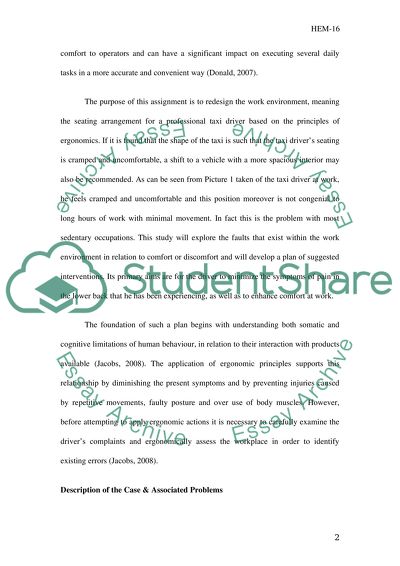Cite this document
(“Problems and ergonomic approaches in taxi driver position Essay”, n.d.)
Retrieved from https://studentshare.org/family-consumer-science/1418420-problems-and-ergonomic-approaches-in-taxi-driver
Retrieved from https://studentshare.org/family-consumer-science/1418420-problems-and-ergonomic-approaches-in-taxi-driver
(Problems and Ergonomic Approaches in Taxi Driver Position Essay)
https://studentshare.org/family-consumer-science/1418420-problems-and-ergonomic-approaches-in-taxi-driver.
https://studentshare.org/family-consumer-science/1418420-problems-and-ergonomic-approaches-in-taxi-driver.
“Problems and Ergonomic Approaches in Taxi Driver Position Essay”, n.d. https://studentshare.org/family-consumer-science/1418420-problems-and-ergonomic-approaches-in-taxi-driver.


